Outdoor Classrooms - Time For A Comeback?
I had no idea that open-air and outdoor classrooms ever existed until I came across these photos earlier this month and I was fascinated by how far removed they are from todays schools. With modern children leading predominantly enclosed lives, the idea of enduring cold, discomfort or heat whilst at school seems archaic today. To put this in perspective, UK children are spending less time outside than prisoners, one in nine haven’t been in any natural environment for at least 12 months and the Government is approving applications by schools to sell off school playing fields, further reducing the chances of playing outside.
Despite our lives becoming ever-more comfortable and convenient, spending it in temperature controlled environments and never encountering any challenges or stressors ironically leaves us more vulnerable to other health risks. It’s not the communicable diseases that claim us anymore, but diseases of lifestyle that slowly eat away at us, manifesting in a myriad of different ways - Alzheimer's, arthritis, atherosclerosis, asthma, cancer, chronic liver disease, chronic obstructive pulmonary disease, type 2 diabetes, heart disease, metabolic syndrome, chronic renal failure, osteoporosis, stroke, depression, obesity and vascular dementia to name a few.
Our natural inclination to avoid suffering has been made possible by technology under the guise of convenience, and we can go through most of our life never having to face or overcome difficulty. Continuous comfort has led to our mind and body being ill-equipped to face hardship and cope with uncertainty and we’d do well to remember what Nietzsche said, ‘what does not kill me, makes me stronger’. These open-air schools could be one way of learning resilience and toughening up to the natural environment, utilising exposure therapy - a concept that seeks out small hardships as a way to help us be prepared if we meet larger ones.
In 1907 London County Council built the first open air school in the UK and by 1937 there were 96 open air day schools in operation throughout Britain, with 53 of them being residential. Children were taught in classrooms that were designed to be fully or partially exposed to the outdoors and even slept outside exposed to the elements. By 1922 the movement had became organised and The League for Open Air Education organised the first International Congress in Paris. New developments in architecture and design made it easier to build classrooms to incorporate sliding doors, retractable roofs and outdoor terraces along with lightweight furniture that could be moved around.
The schools were built away from city centres, often in rural locations, to combat overcrowding and pollution and their design mirrored the tuberculosis sanatoriums, with the premise being that health could be improved by prioritising good ventilation, fresh air and exposure to the outdoors. Before the introduction of antibiotics and modern pharmaceutical medicine, prevention was often better than cure, and these lifestyle choices were an effective way to minimise the risk of contracting illnesses which were often fatal.
After the second world war there were major improvements in medicine, sanitation and open air schools were gradually phased out.
Being Outside Prevents Myopia
Myopia, also known as nearsightedness, is when objects close-up appear clear and far-away objects become blurry. Rates of myopia have risen significantly in the last 40 years, and this rapid increase over a couple of generations can’t be chalked up to being genetic.
Hong Kong has seen an 80% increase in myopia and in South Korea, myopia rates among 20-year-olds have risen from 18% in 1955 to over 96% in 2011. Lifestyle and environment changes have meant that children are spending a lot more time indoors than their parents generation and we’re beginning to understand the full impact of this shift.
The amount of time a child spends outdoors is directly related to the odds of the child developing myopia. As we are growing up, our eyes are incredibly adaptive and they will assume nearsightedness is the normal state if they don’t get to experience anything else.
It’s not known exactly what aspect of being outdoors decreases the risks of myopia, whether it is the spectral composition of outdoor light, higher light levels or the variability of distances. When light meets a certain intensity (measured in lux) dopamine is released within the eye which stops the elongation at the back of the eye.
If we’re spending the majority of our time indoors looking at things close-up we better hope that the light levels are optimal. This, however, seems to be far from the case - how many of you have spent time in offices seated far away from the window with flickering fluorescent bulbs for company all day?
Indoor lighting is typically around 300–500 lux compared to a bright, sunny day which can be between 100,000 and 300,000 lux.
Good Eyesight Needs Good Light
Natural daylight contains an even distribution of all wavelengths across the visible spectrum. A lot of lighting is lacking in certain colours, especially deep red wavelengths; it may appear to be similar to daylight but is only emitting a narrow range of wavelengths.
The most common forms of lighting in schools and offices are CFLs (compact fluorescent lamp) and LEDs. They emit more blue light than traditional incandescent light bulbs which has led to speculation about the possibility that they cause sleep disruption and hormone imbalance, but I’ve yet to find concrete research for this. The ideal indoor lighting would be full spectrum which means a light source's spectrum is as close to natural daylight as possible.
Just like air quality matters, so does light quality; we may not see the consequences of both until years down the line and, although we may not have any control over lighting where we study and work, we can control what lighting we have at home and how much time we spend outdoors in our free time.
If you have children, make sure they spend at least two hours outdoors in natural daylight and outside school time each day. A study in China showed that 6 years old who spent an extra 40 minutes outdoors reduced the rate of myopia by 25% and a study in Taiwan suggested that the risk of myopia decreased by 50% for the children who spent 80 minutes outside every day.
When buying lighting for your home, opt for full spectrum lighting which is where a light source's spectrum is as close to natural daylight as possible.
- F
EYE EXERCISES:
// 20-20-20
For every 20 minutes of looking at a computer, focus on something 20 feet away for 20 seconds. This can be looking out the window at the furthest point in your view or when you’re outside.
In the modern world so much of our lifestyle is geared towards indoor near-sighted work there’s not a lot of opportunity to gaze off into the distance. When looking at things close up, we contract our ciliary muscles and need to balance this out by looking at things in this distance which relaxes the tense eye muscles.
// Shift your focus
Use a pencil or your thumb and hold it around 15cm out in front of you.
Focus intently on the tip of the pencil and bring back the pencil slowly towards your eyes until it touches your nose.
Slowly move the pencil away to the arm’s length again.
Look away for a few seconds and focus back on the tip again.
Repeat 2 more times.
// Range of motion
Look to the right and then to the left as if you’re looking at your ears.
Look diagonally upwards and downwards.
Then look straight up and straight down.
Repeat this 3 times.
// Palming
Rub you hands together to make them warm.
Close your eyes and cover both them with the palms of your hands.
Apply gentle pressure.
Do this for a couple of minutes.
// Varied interval blinking
Gently close the eyes fully for 2 seconds.
Squeeze the lids together for 2 seconds.
Open the eyes for 2 seconds.
Repeat 5 times.
We blink around 20 times a minute, however computer work can reduce this by up to 60%. Low blink rate can lead to dryness and computer-induced eye-strain can cause soreness, eye irritation, blurred vision and red eyes (dilated blood vessels).
N.b these exercises will not cure eyesight problems, they serve to challenge your eyes with variable loads.
REFERENCES:
Allison MA, Jensky NE, Marshall SJ, Bertoni AG, Cushman M. Sedentary behavior and adiposity-associated inflammation: the Multi-Ethnic Study of Atherosclerosis. Am J Prev Med. 2012;42(1):8–13. doi:10.1016/j.amepre.2011.09.023
Blehm C Vishnu S Khattak A Mitra S Yee R. Computer vision syndrome: a review. Surv Ophthalmol . 2005; 50: 253–262.
Decisions on the disposal of school land, The Department for Education (DfE)
Guan H, Yu NN, Wang H, Boswell M, Shi Y, Rozelle S, Congdon N. Impact of various types of near work and time spent outdoors at different times of day on visual acuity and refractive error among Chinese school-going children. PLoS One [2019] (PMID:31026279)
Hunt, A. et al Monitor of Engagement with the Natural Environment: a pilot to develop an indicator of visits to the natural environment by children. 2016.NECR 208
Klepeis, Neil & C. Nelson, William & Ott, Wayne & P. Robinson, John. (2001). The National Human Activity Pattern Survey (NHAPS): A Resource for Assessing Exposure to Environmental Pollutants.
Lee HJ, Bae E, Lee HY, Lee SM, Lee J. Association of natural light exposure and delirium according to the presence or absence of windows in the intensive care unit. Acute Crit Care. 2021 Oct 26. doi: 10.4266/acc.2021.00556. Epub ahead of print. PMID: 34696555.
Rose KA, Morgan IG, How genetic is school myopia. Progress in Retinal and Eye Research. 2005 Volume: 24, Issue: 1, pp 1-38 DOI: 10.1016/j.preteyeres. 2004.06.004
Rose KA, Morgan IG, Ip J, et al. Outdoor activity reduces the prevalence of myopia in children. Ophthalmology. 2008;115(8):1279-85.
Tatsiana Mironava, Michael Hadjiargyrou, Marcia Simon, Miriam H. Rafailovich. The Effects of UV Emission from CFL Exposure on Human Dermal Fibroblasts and Keratinocytes in Vitro. Photochemistry and Photobiology, 2012; DOI: 10.1111/j.1751-1097.2012.01192.x
Wang J, He XG, Xu X. The measurement of time spent outdoors in child myopia research: a systematic review. Int J Ophthalmol [2018] (PMID:29977821)
W. Tithof: The Effects Of Full Spectrum Light On Student Depression As A Factor In Student Learning Dissertation, Walden University 1998
Wu PC, Tsai CL, Wu HL, et al. Outdoor activity during class recess reduces myopia onset and progression in school children. Ophthalmology. 2013;120(5):1080-5.
Xiong S, Sankaridurg P, Naduvilath T, et al. Time spent in outdoor activities in relation to myopia prevention and control: a meta-analysis and systematic review. Acta Ophthalmol. 2017;95(6):551-566.
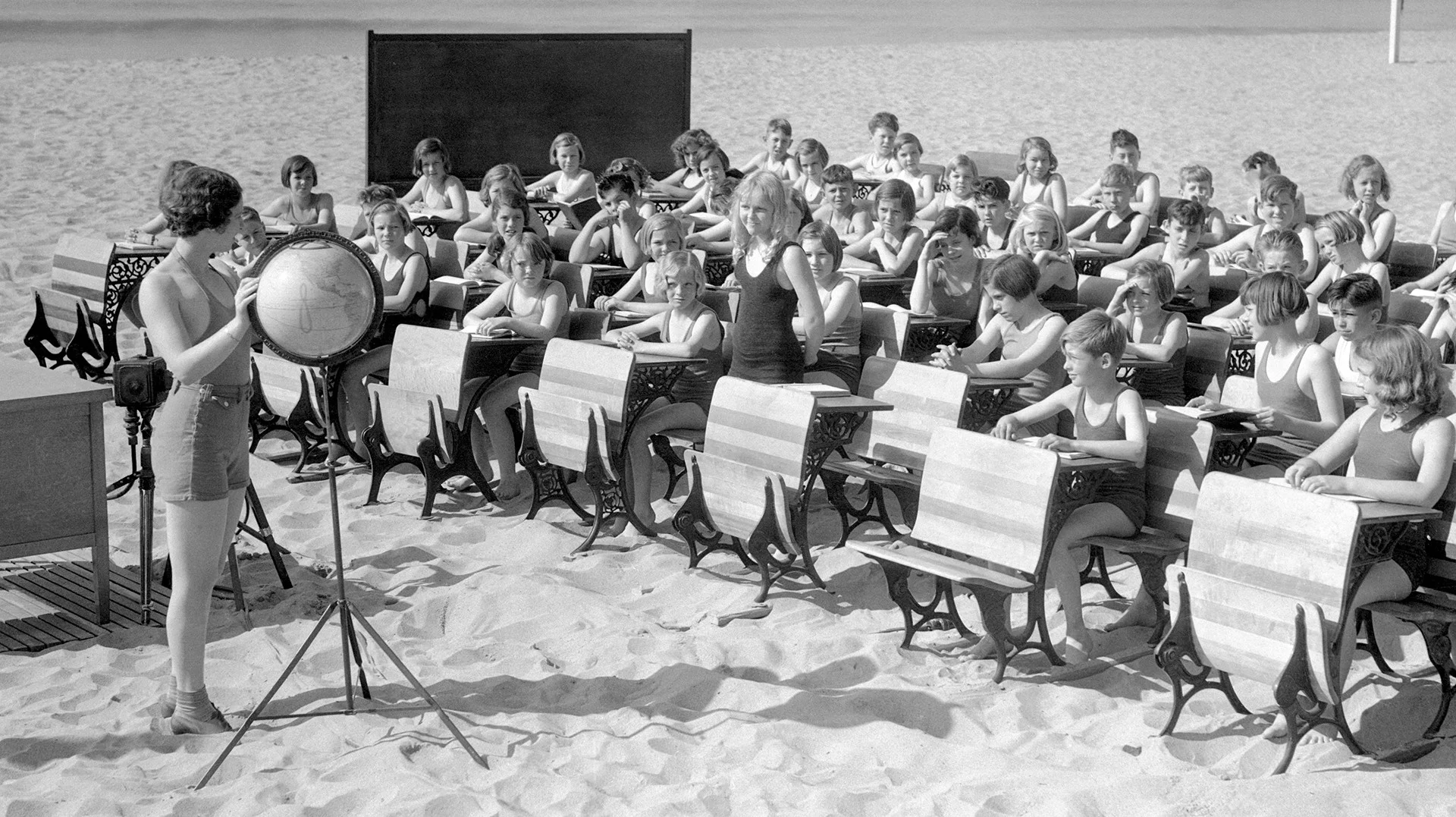

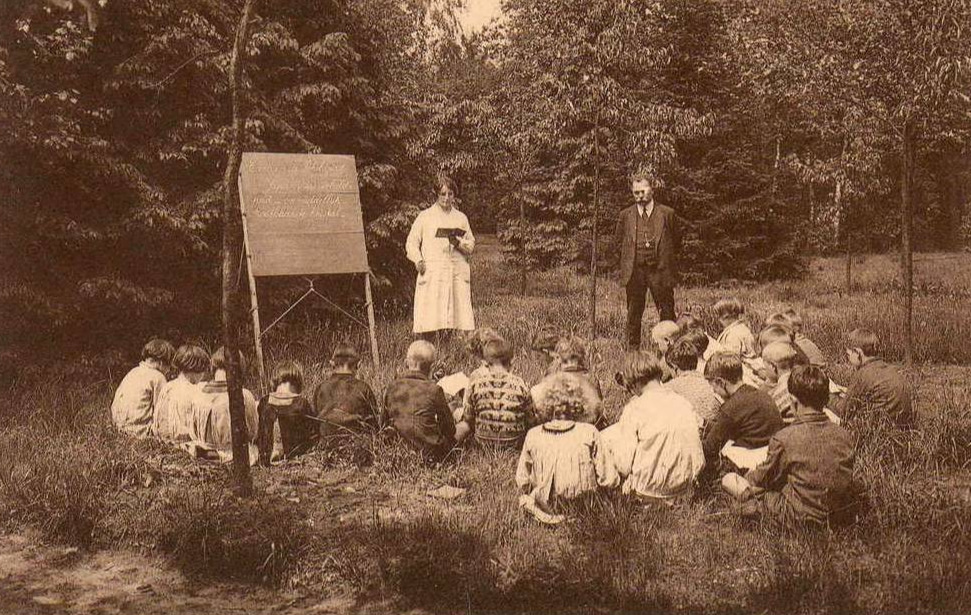

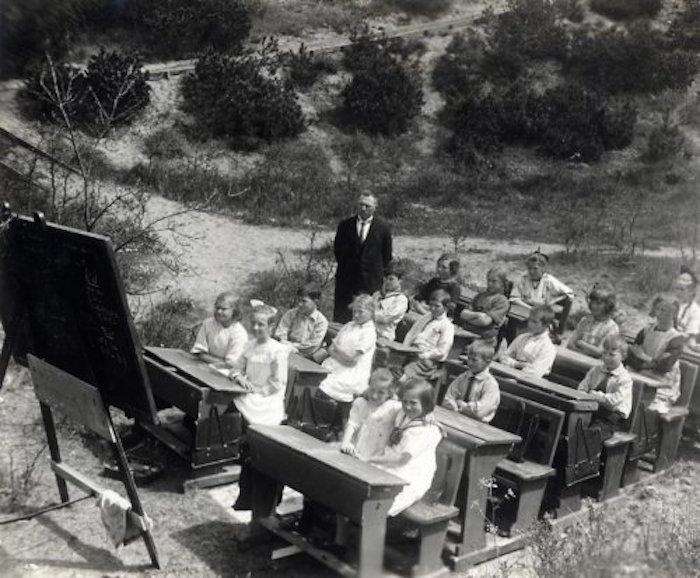

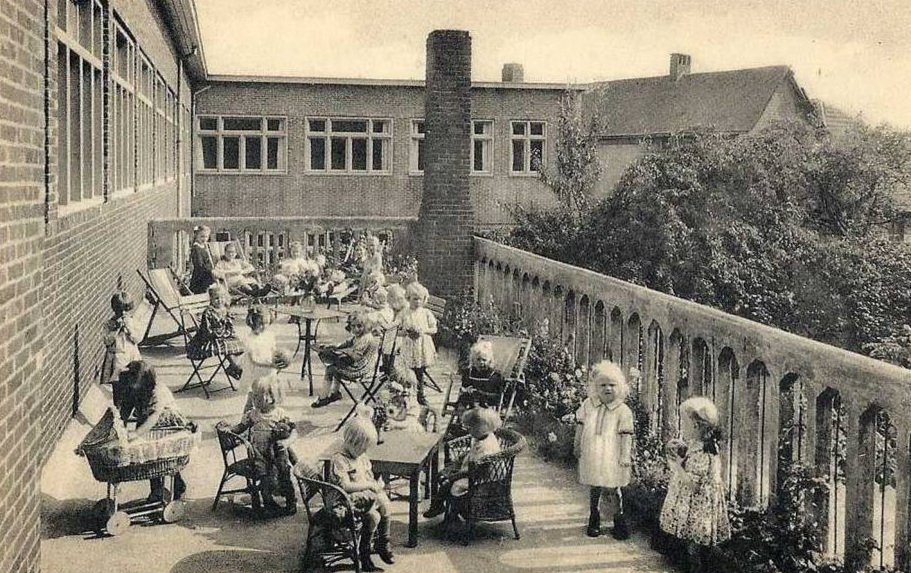
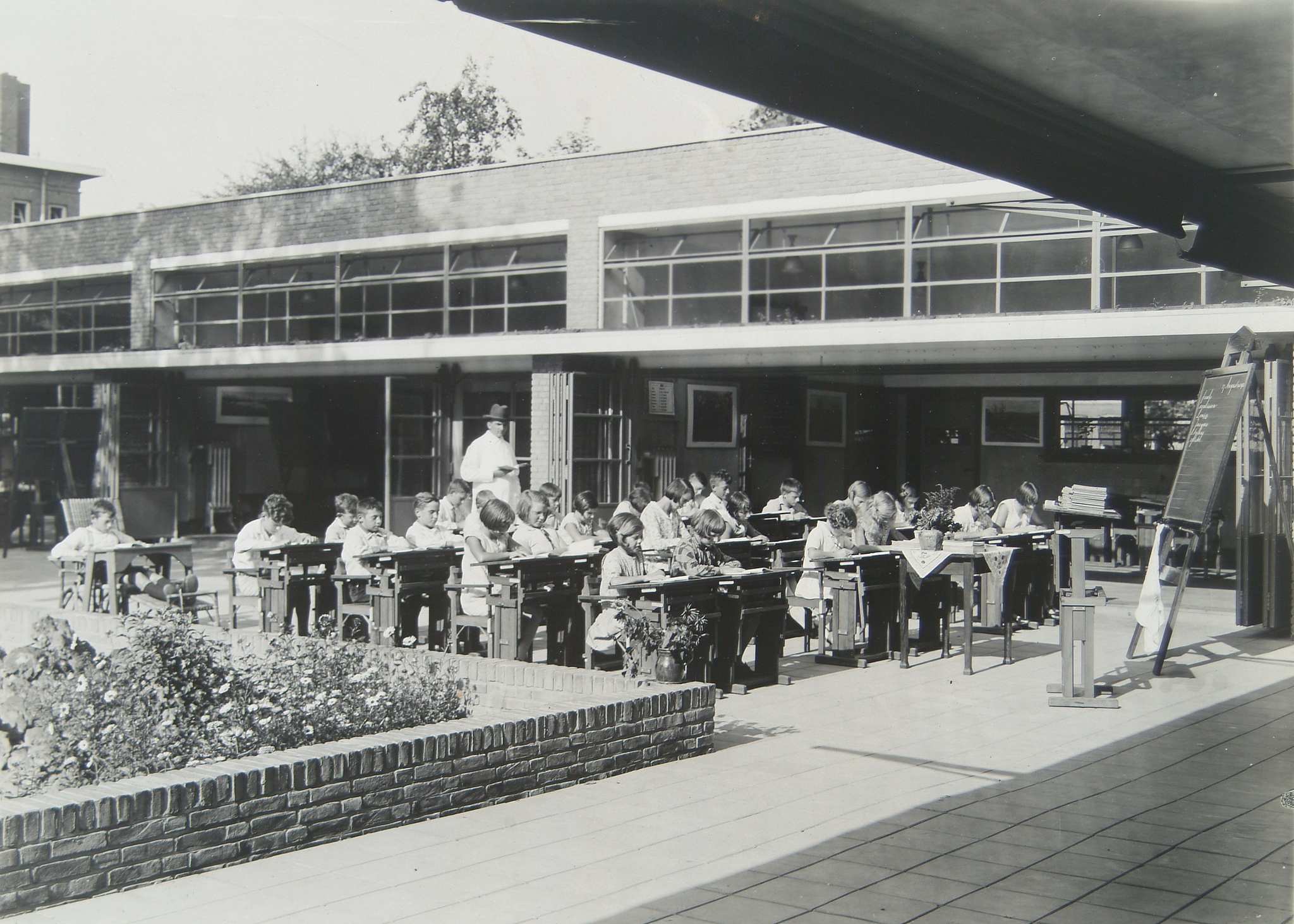
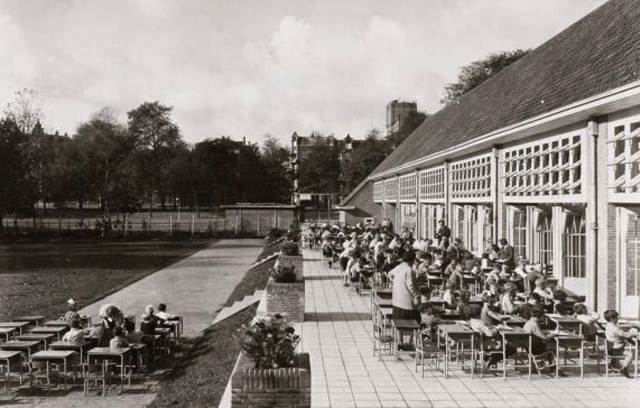
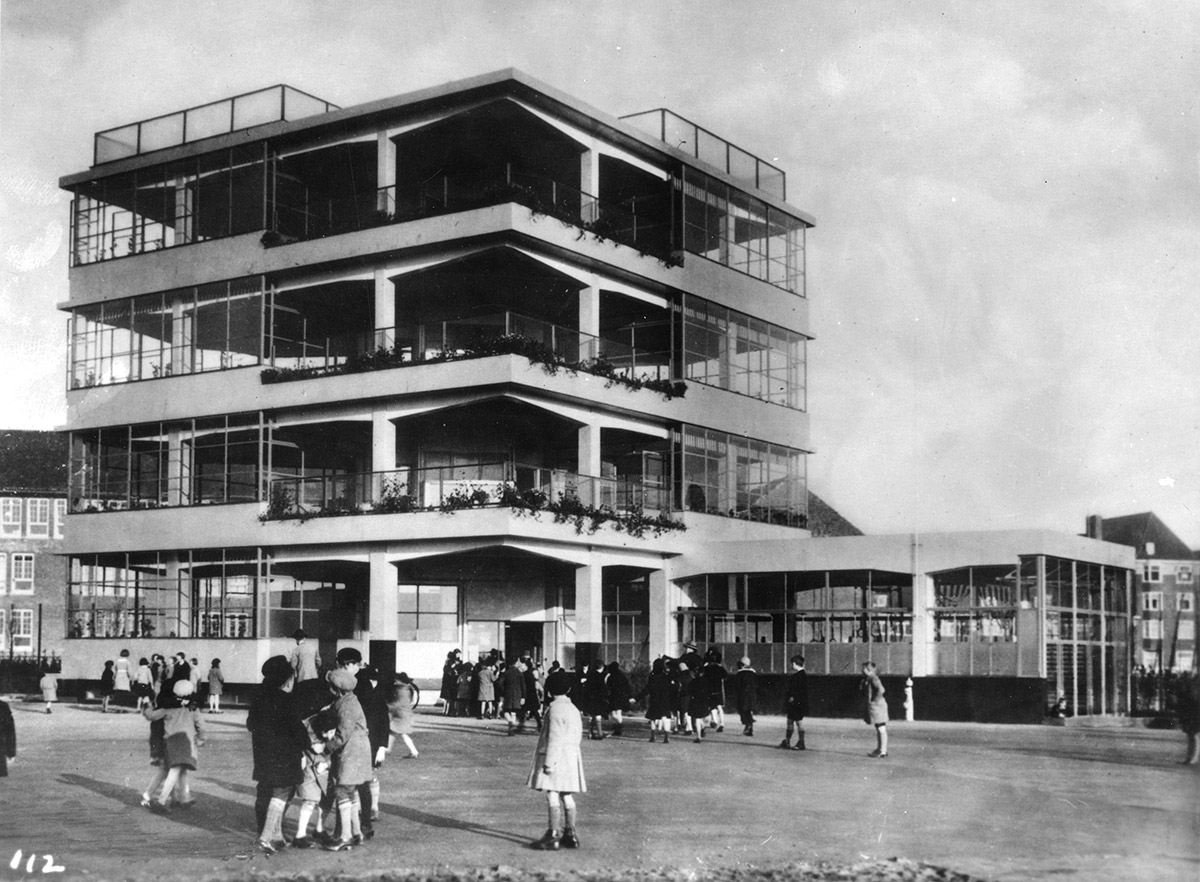
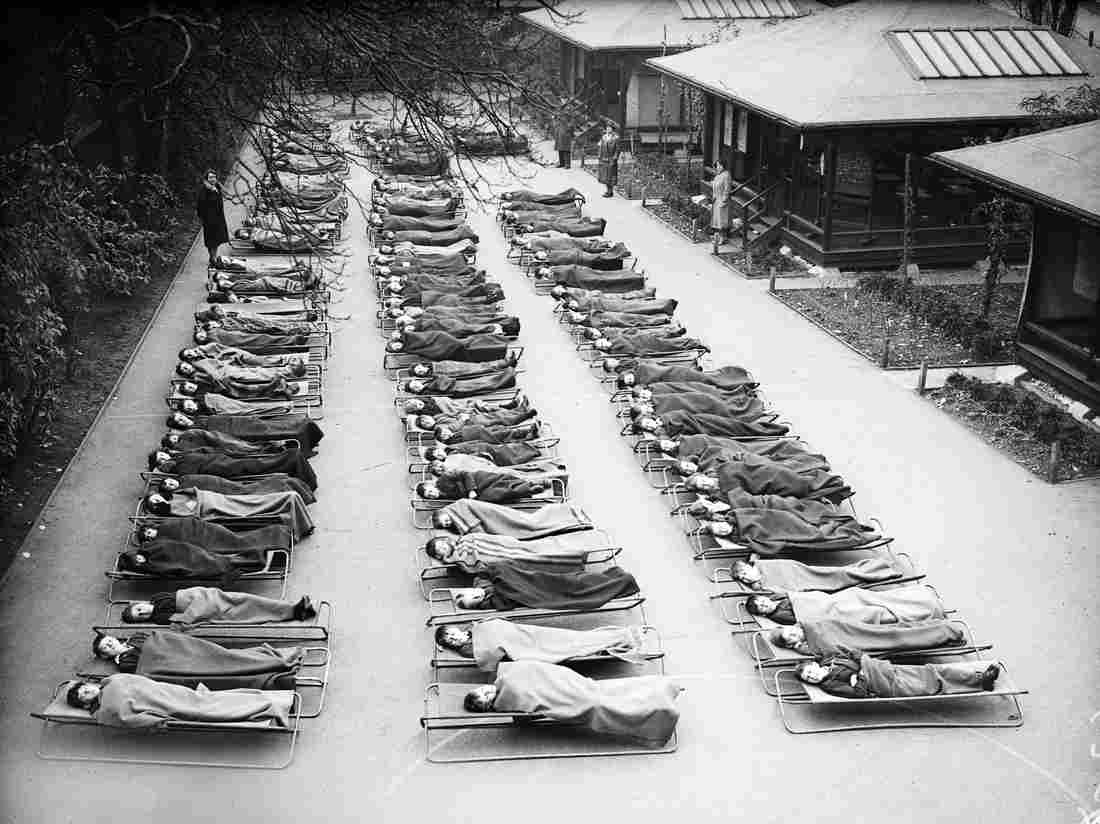

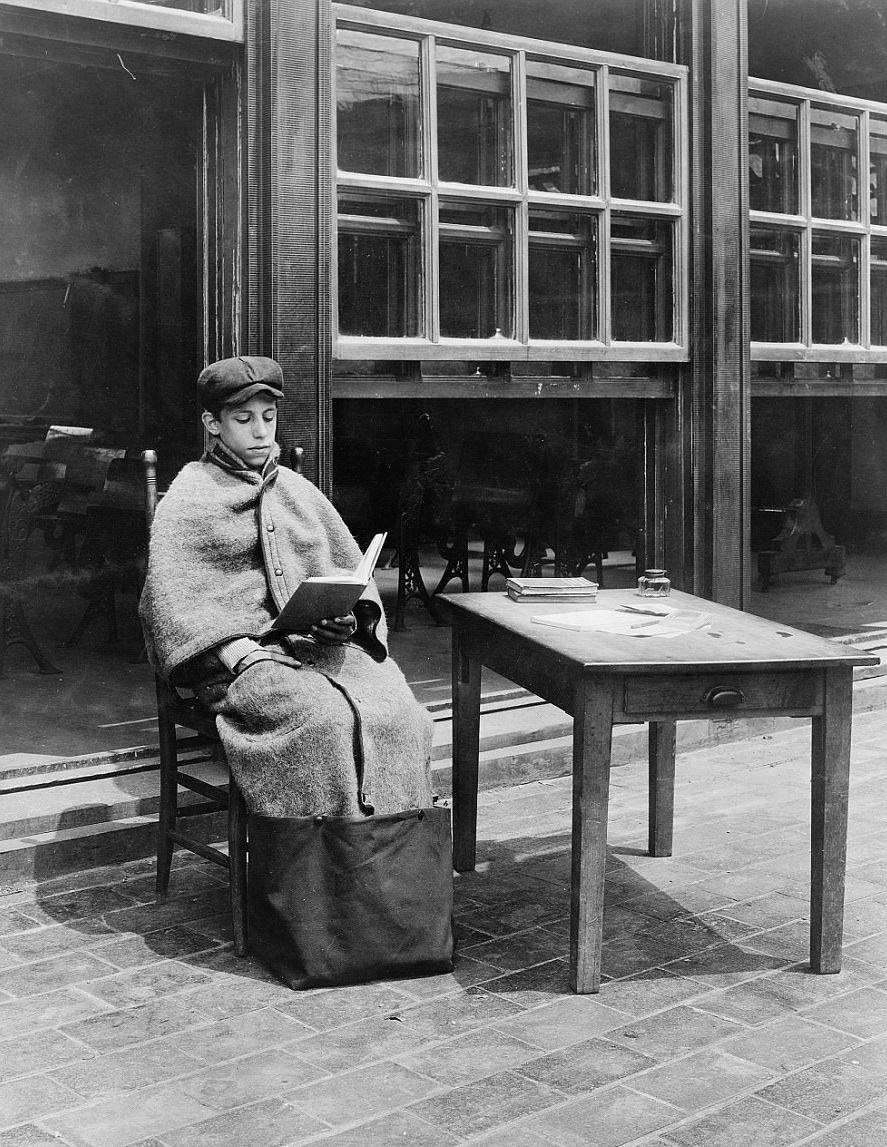
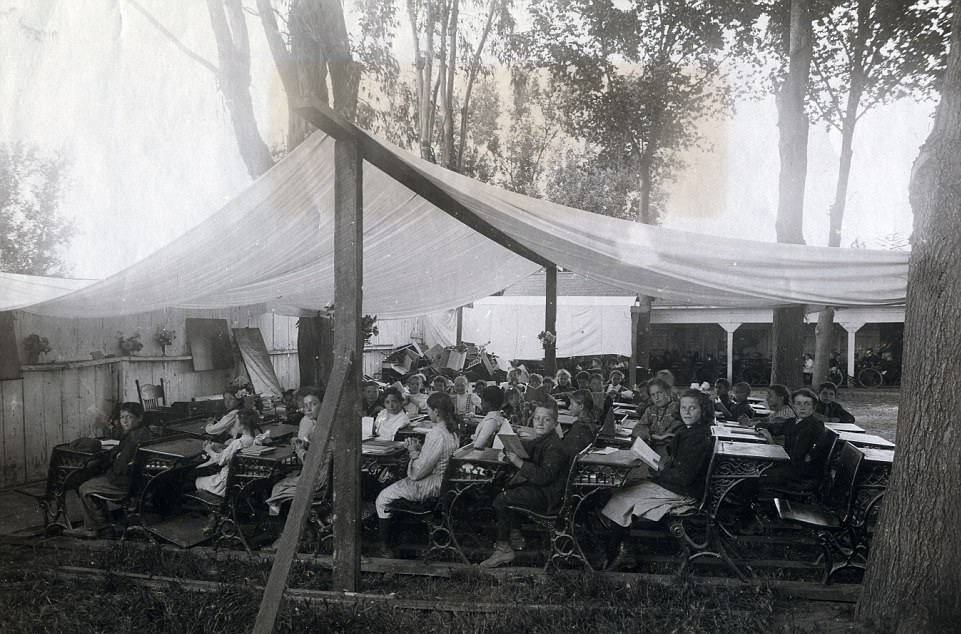

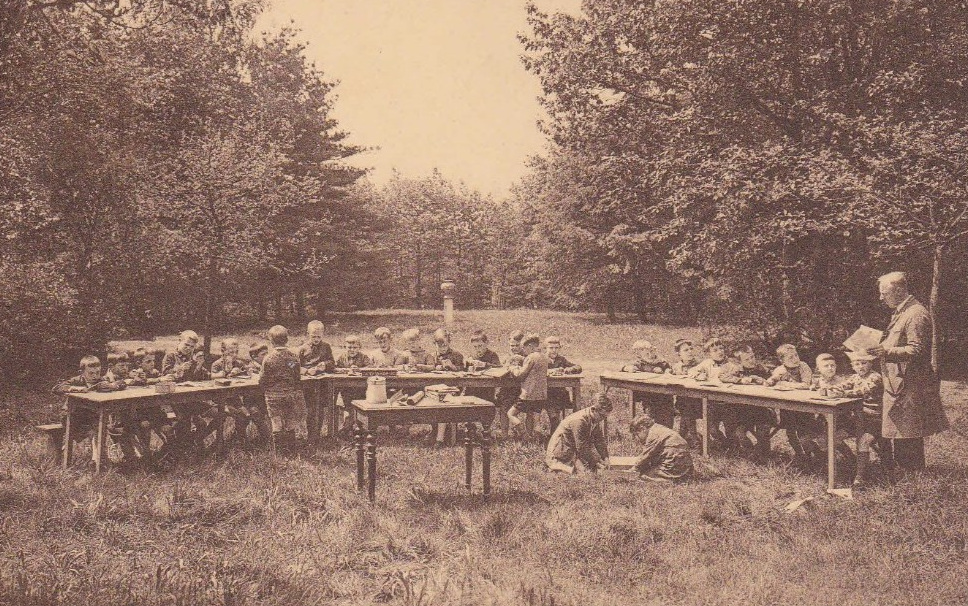
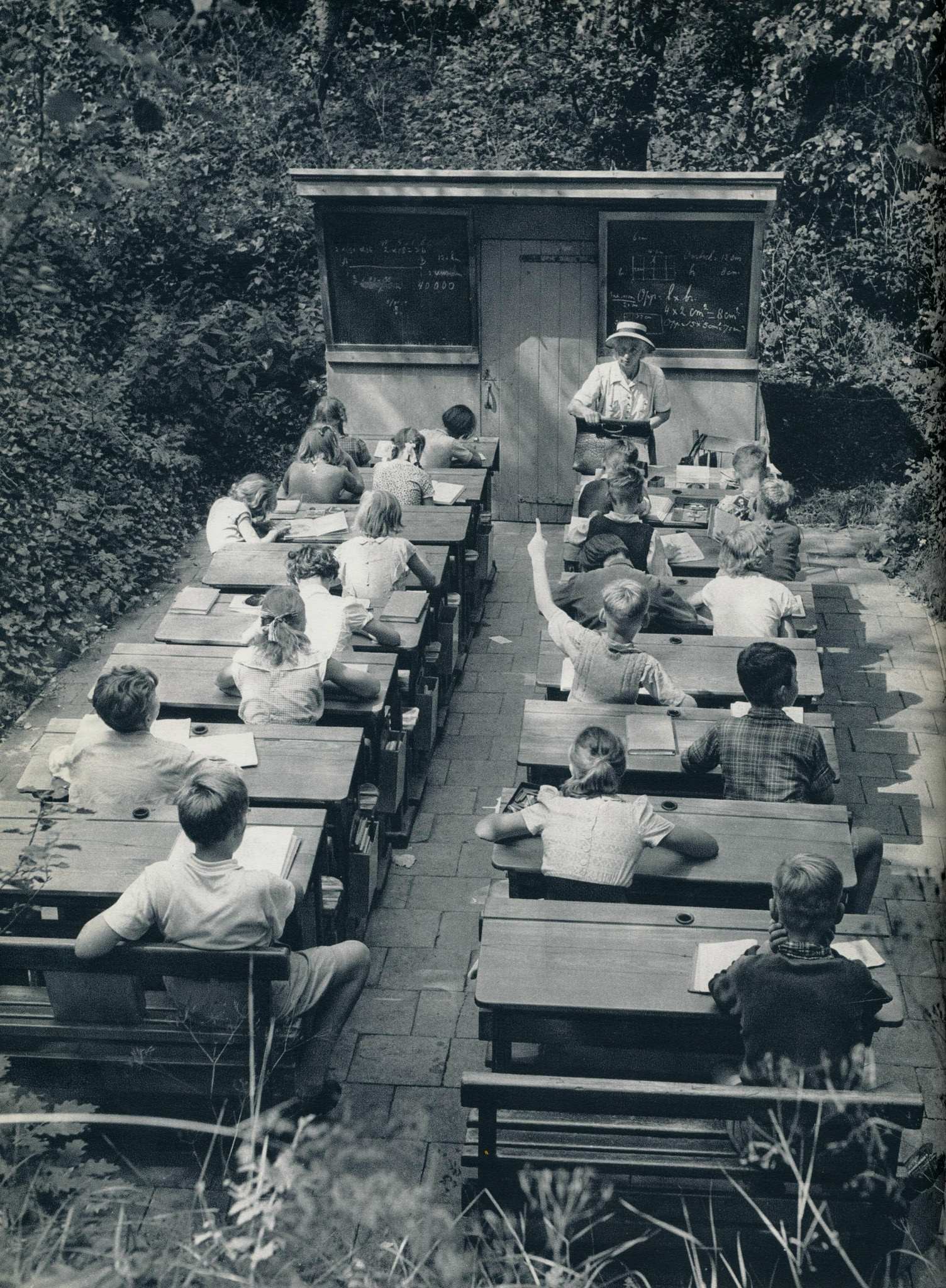
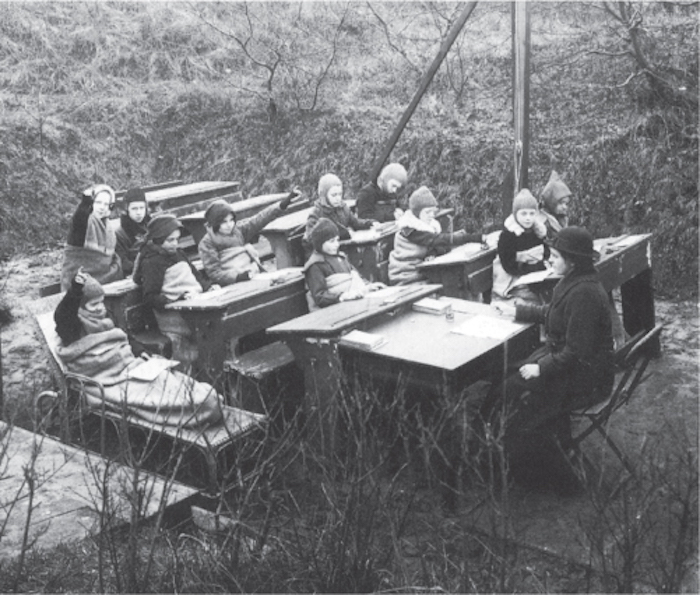
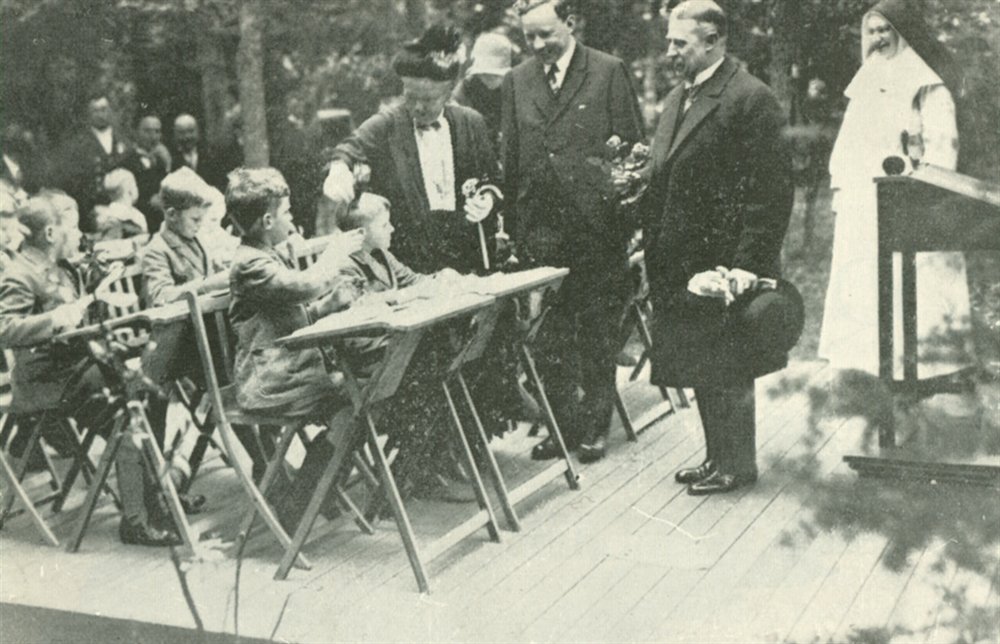
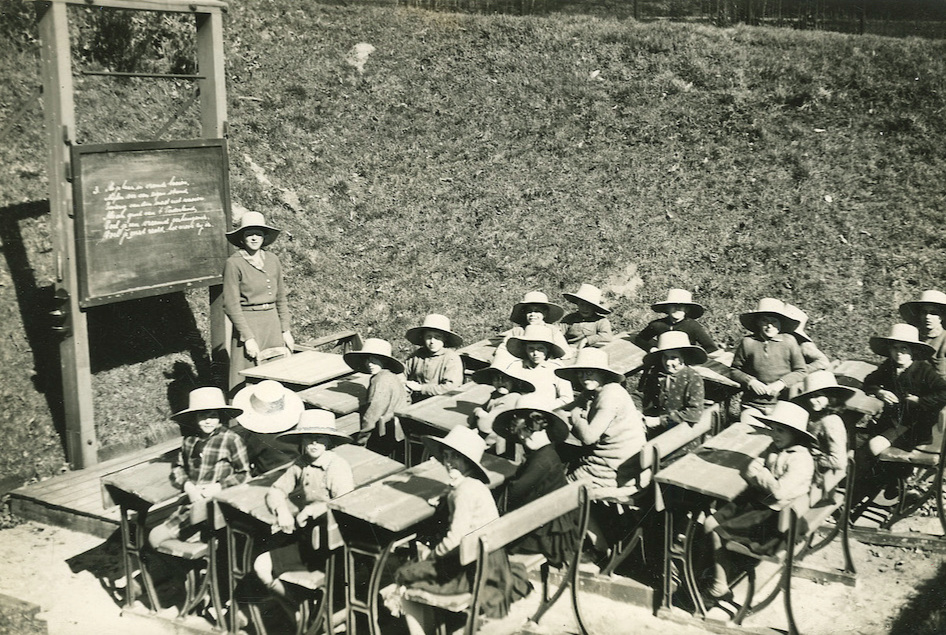
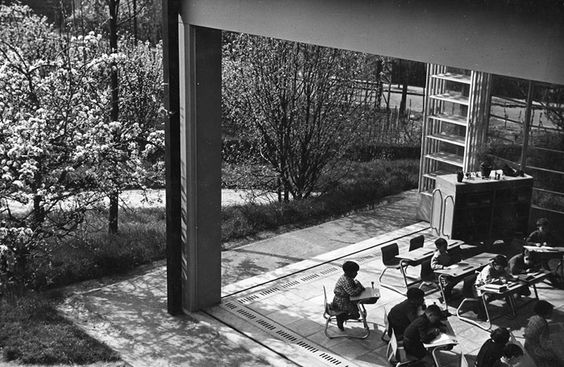

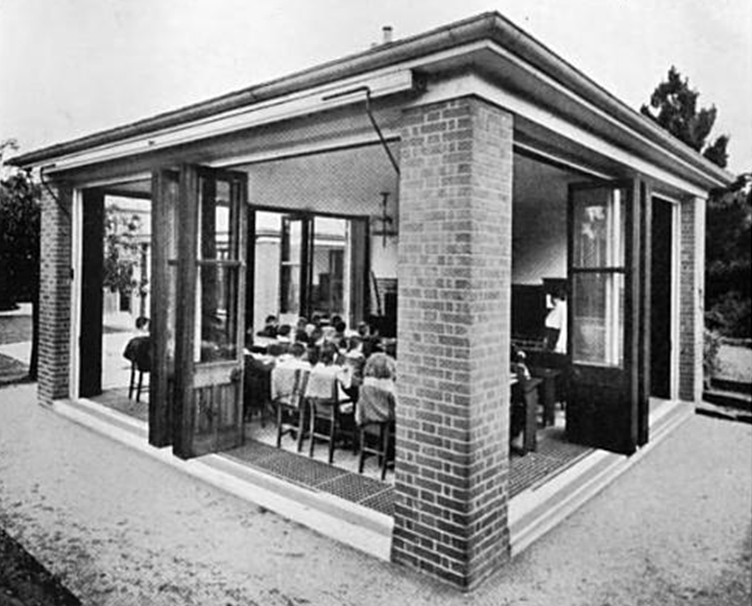
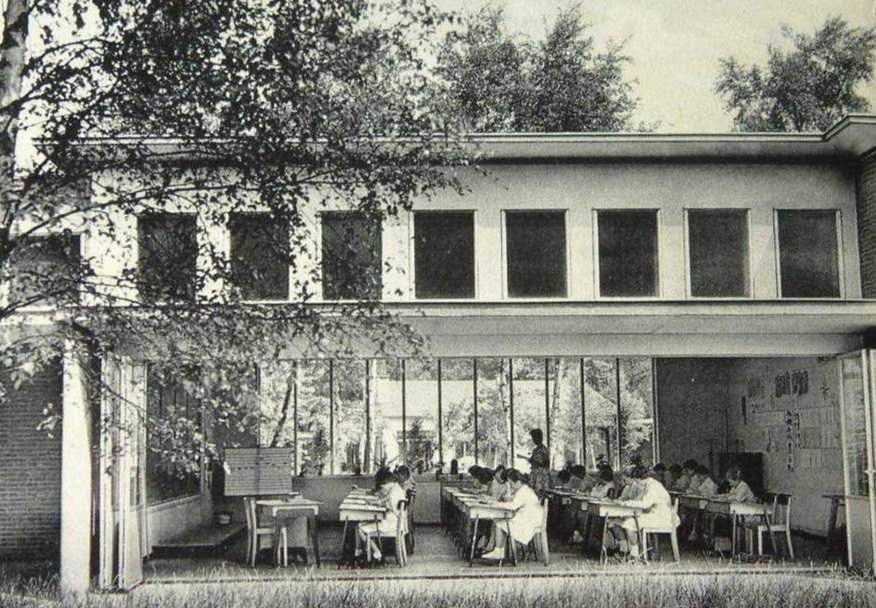
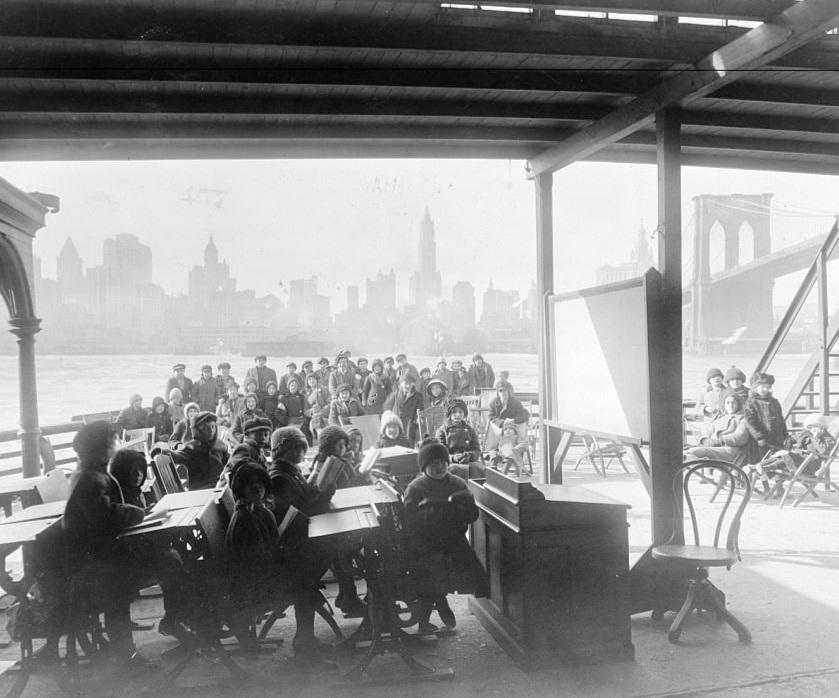

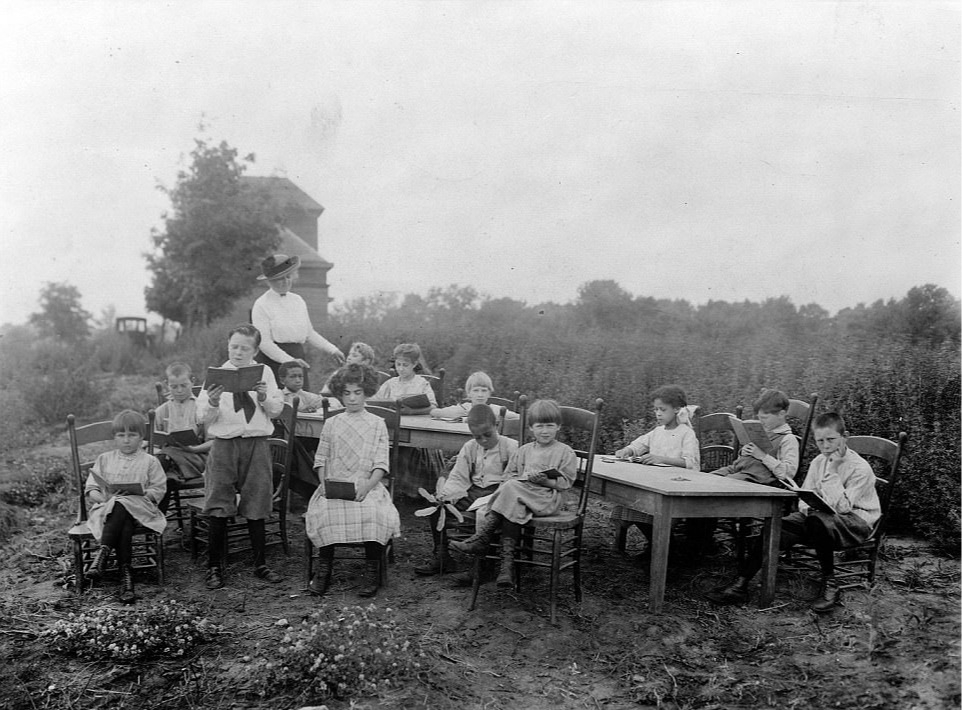
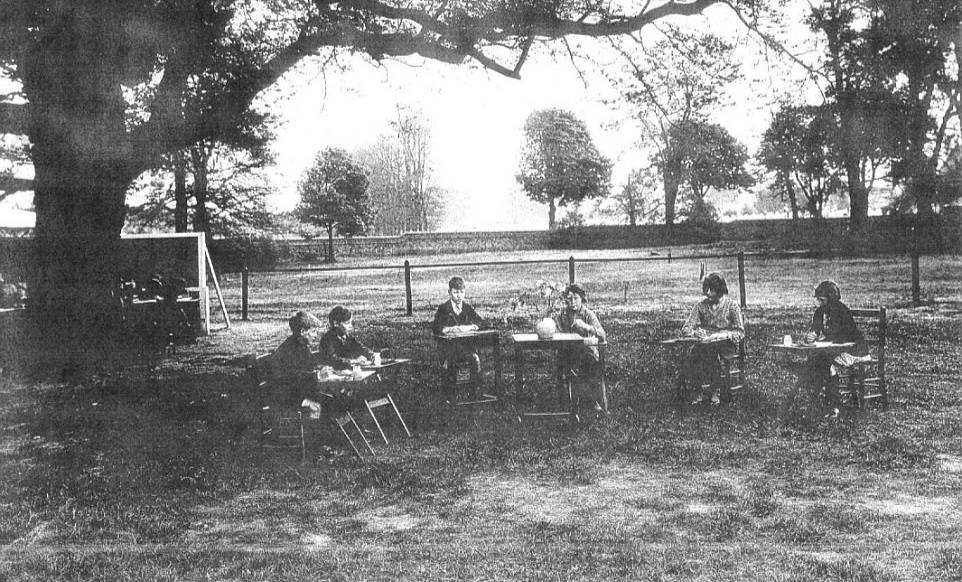

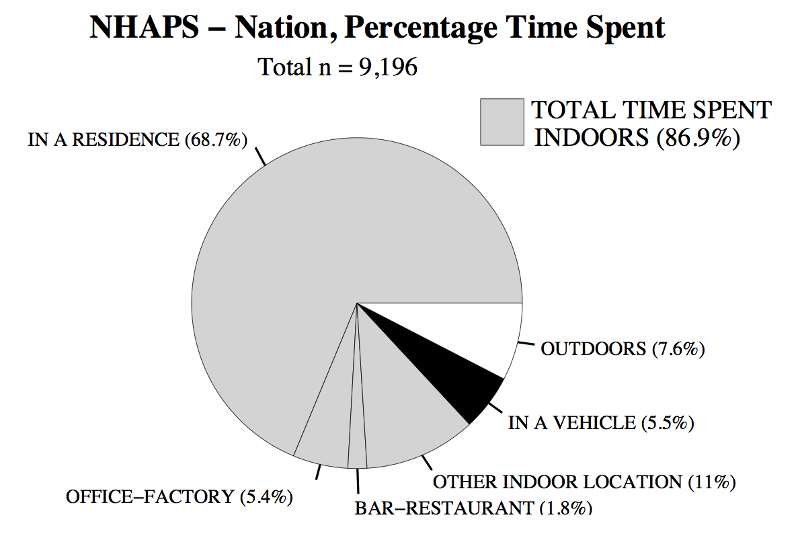









What are the most common misconceptions about furniture free? Well these are my top three!